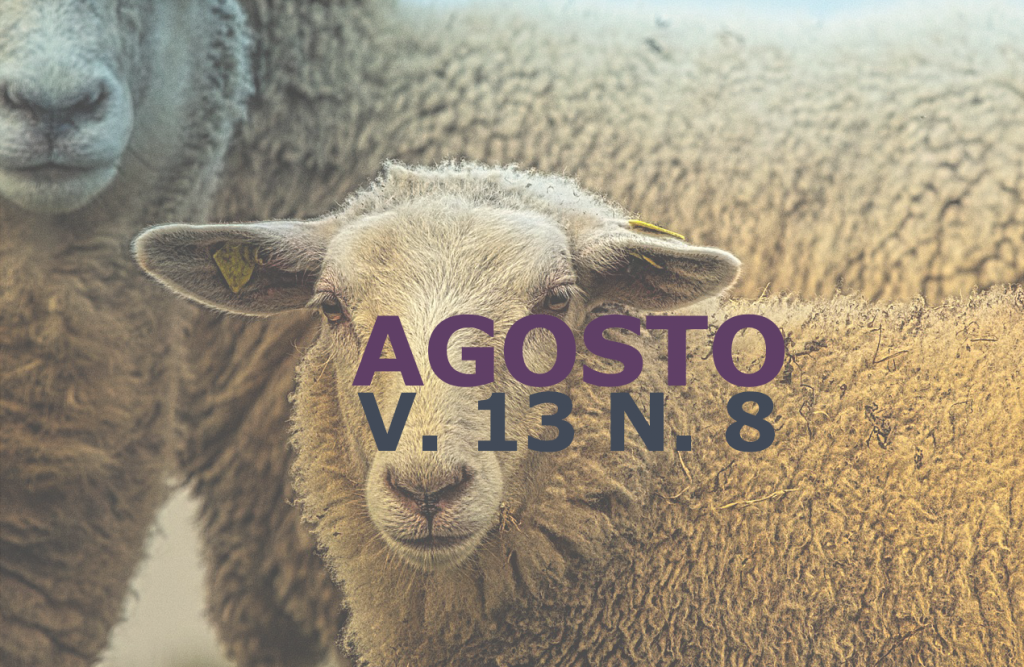Comparison and profile of those infected in schistosomiasis in the State of Alagoas in 2016 to 2017
DOI:
https://doi.org/10.31533/pubvet.v13n8a386.1-8Keywords:
flatworms, public health, schistosomaAbstract
Schistosomiasis is a parasitic disease caused by protozoa that has as habitat rivers, streams and dams that are common in Alagoas. This article aims to analyze confirmed cases of schistosomiasis in Alagoas and the epidemiological profile of those infected during the years 2016/2017. The methodology used will be the analysis of statistical data provided by the SINAN and the theoretical basis of publications. A total of 125 positive cases were confirmed in 2016 and 70 cases in 2017, the profile of those infected in the year 2016 was 59% female (F) and 41% Male (M) in 2017 56% M and 44% F. In 2016 were 74 F and 51 M in 2017 39 M and 31 F. The largest age group affected in 2016 was 20-59 years and 2017 40-59 years. The municipalities with the highest indexes in 2016 are Joaquim Gomes, Novo Lino and Campo Grande, 30, 15 and 12 and in 2017 Maceió, Campo Grande and Traipu, 22, 14 and 5 respectively. Total of 50 cases in the urban area and 63 in the rural and 12 in the ignored places, 2017 presented 37 cases in the urban, 23 in the rural and 10 in ignored sites. Socioeconomic characteristics leave Alagoas in high risk, water intended for consumption or general use is not treated, households do not have basic sanitation. It is important to use preventive measures in controlling environmental and educational risk factors to reduce the number of cases.
Downloads
Published
Issue
Section
License
Copyright (c) 2019 Carlos Miguel Azarias dos Santos, Lyara Suzhanny de Oliveira Santos, Jerffeson Araújo dos Santos, Erilza dos Santos Silva, Maria Hilma dos Santos, Dayane Kelly Da Silva, Josicleide Fernandes de Souza Santos, Douglas de Oliveira Subrinho, Cristiane Kelly Aquino dos Santos, Claudimary Bispo dos Santos

This work is licensed under a Creative Commons Attribution 4.0 International License.
Você tem o direito de:
Compartilhar — copiar e redistribuir o material em qualquer suporte ou formato
Adaptar — remixar, transformar, e criar a partir do material para qualquer fim, mesmo que comercial.
O licenciante não pode revogar estes direitos desde que você respeite os termos da licença. De acordo com os termos seguintes:
Atribuição
— Você deve dar o crédito apropriado, prover um link para a licença e indicar se mudanças foram feitas. Você deve fazê-lo em qualquer circunstância razoável, mas de nenhuma maneira que sugira que o licenciante apoia você ou o seu uso. Sem restrições adicionais
— Você não pode aplicar termos jurídicos ou medidas de caráter tecnológico que restrinjam legalmente outros de fazerem algo que a licença permita.





